Red light therapy (RLT) is an emerging treatment that’s showing promise in treating wrinkles, redness, acne, scars and other signs of aging. Many researchers say more clinical trials are needed to confirm its effectiveness as a treatment. If you’re interested in red light therapy, ask your healthcare provider if this is an option for your skin issue. Red light therapy is thought to work by acting on the “power plant” in your body’s cells called mitochondria. With more energy, other cells can do their work more efficiently, doing things like repairing skin, boosting new cell growth and enhancing skin rejuvenation. More specifically, certain cells absorb light wavelengths and are stimulated to work.
What Are Red LED Face Masks?
LED face masks are light therapy devices designed to be worn directly on the user’s face during a treatment session. Typically referred to as light therapy or LED face masks, these contraptions use light-emitting diodes to shine light at specific wavelengths onto the skin for various purposes like reducing wrinkles, firming the skin and controlling acne. The devices, which are also available in wand form, are popular. They can also be pricey, with some costing several thousand dollars. LED masks feature eye and mouth holes and are typically held in place with straps.
Can red light therapy really help your skin? Here are the benefits certain wavelengths can bring your skin, and which LED face masks (and other LED devices) are worth buying. You might have seen a wave of people on social media channeling their best Hannibal Lecter while wearing an LED face mask with red or blue light-emitting diodes. They’re not eating liver with a side of fava beans but instead claiming that the wrinkles and fine lines on their faces have disappeared with the help of a red light therapy mask. There's nothing wrong with aging, but after seeing their huge rise in popularity, we had to find out if the technology behind these masks could make a big impact on your skin. How does it work? Why does it?
What Are Red Therapy Lights?
LED panel devices and LED light therapy masks use the same LED technology to deliver specific wavelengths of light to the skin and cells. The major differences are in size, power, coverage, and types of benefits. LED panel devices like Bontanny are much larger than LED masks, and they deliver wavelengths of red and NIR light across the entire body, not just the head and face. This allows for more potential benefits than LED masks, which are only designed to improve the skin on your face. Devices with LED panels typically deliver far more light and power during a treatment session, which can have systemic effects across the whole body. Unlike LED light therapy masks, most LED panel devices only deliver red and/or NIR light, not blue light. This means that you get all the health benefits of red and near infrared light mentioned above, without the drawbacks of blue light.
Key Differences
The two treatments differ in specs as well: “Red light therapy at home is measured in irradiance, whereas in the office it is measured in nanometers,” Gratch notes. “Treatments at home can range from 10 to 30 minutes, whereas treatments in the office are shorter and can last 10-20 minutes. Red light therapy in the office tends to be more powerful and results are much faster. However, there is a difference in cost–red light therapy at home tends to be more cost-effective than in-office treatments.” Lower costs means that more people can experience the benefits—in our perspective, a worthwhile trade-off.
At-home red light masks can be beneficial, but Kim says they’re not as “robust” as the LED therapy offered in dermatologists’ offices or spas. “At-home red and blue light LED masks use much lower energy levels than what you would expect in an in-office treatment,” Sawaya explains, so you likely need to use them daily to see results. Still, at-home versions can complement in-office light treatments, Rogers says, adding that if you use your mask at home—while also taking good care of your skin by moisturizing and diligently wearing sunscreen—you may need fewer in-office treatments.
Benefits of Red LED Face Masks
Red LED light therapy may reduce inflammation and stimulate the production of collagen, a protein responsible for younger-looking skin that diminishes with age. Light therapy masks with LEDs that deliver red light can reduce inflammation and rejuvenate the skin on your face. Light therapy masks can target acne breakouts and limit symptoms. The Bontanny Moving Pro has everything you might be looking for in an LED face mask for a good price. It includes both red light therapy, hitting 63 nanometers red and 830 nanometers near-infrared wavelengths, and blue light therapy, with a 415 nanometers blue light wavelength that can help treat acne and better control your oil production.
Most folks think of LED masks as red light only, but both have benefits for your skin, so having a two-in-one device truly makes the most of your buck. It takes time and consistency to see results from these masks. While I didn't see much change in my 32-year-old facial lines after about six weeks of consistent use, I did see a healthier glow in my skin and consistently get more compliments since using the Glotech mask on a near-daily basis. I also found that scabs and acne cleared up faster and didn't leave scars like they usually did, even without using the blue light mode.
Benefits of Red Therapy Lights
LED therapy device systems like Bontanny can deliver red and NIR light to the entire body, not just the skin on your face. LED therapy device therapy offers better coverage, which means far more total energy transfer than masks in far less time. LED panel systems can produce many more health and wellness benefits across the body, while masks only affect the face. Potential benefits include skin rejuvenation and enhanced healing and blood flow. Near infrared (NIR) light therapy: Delivered at 810-850nm wavelengths, NIR light can penetrate into deeper tissues, leading to enhanced recovery and inflammation support. Near infrared light is invisible to the naked eye.
Red light therapy is promoted as a treatment for some common skin conditions, including to: Improve wound healing. Reduce stretch marks. Reduce wrinkles, fine lines and age spots. Improve facial texture. Improve psoriasis, rosacea and eczema. For those with medical conditions like eczema, rosacea or psoriasis, RLT can also offer promising results.
Practical Considerations
LED masks are easy to use at home, as long as you follow the directions carefully. Because there is no setup involved or equipment to manage, the barrier to entry is low and the risk of injury or damage is minimal. The cost of an LED facemask is (slightly) less than red light therapy panels. The price of LED masks can range from less than $200 to $1,000, depending on the brand and the quality of the device. LED face masks offer the same benefits as red light therapy masks, but the opposite is not necessarily the case. LED devices generally tend to feature red light and sometimes near-infrared modes, and some have additional light therapy modes that address different skin concerns—for example, blue light therapy for acne and rosacea.
The cost and style of RLT devices vary. For instance, Bontanny red light therapy device is priced at $139.99, while Dr Dennis Gross’s mask costs $455 and the canopy-like Dermalux Flex MD is around $2,600. The global market for these devices is estimated at $350m in 2024; one projection suggests it will reach $620m by 2031. Consistency is key. “While there are significant studies showing the efficacy of LED therapy, you need to use it regularly for a sufficient amount of time (at least a couple months) to start seeing results,” says Chiu. “You have to trust the process and be patient.” To get the most benefit from the red light therapy, consistent use—up to several times a week or daily, as directed by the brand—is important, as is pairing with a tailored skincare routine.
Conclusion
LED light therapy masks are a popular choice for facial skin treatments, and they can have great results for wrinkles and acne. When you apply the same therapeutic wavelengths of light to other parts of the body beyond the face, red light therapy can have a much greater effect, with few side effects or risks. Full-body LED red light therapy device take the benefits of light therapy masks and deliver those results to your entire body, as well as additional wellness perks such as better sleep, improved circulation, and faster recovery. These products allow users to take full advantage of the power of red light therapy, showing results beyond facial skincare. For an optimal red light therapy experience in your home, a full-body LED panel product like Bontanny is the best choice.
FAQ
1. Which is better for beginners: a red LED face mask or a red therapy light panel?
For beginners, a red LED face mask is often a simpler starting point. It’s easy to use, requires minimal setup, and targets facial skin concerns like wrinkles or acne directly. Red therapy light panels, while more powerful and versatile, cover larger areas and might feel overwhelming if you’re new to light therapy or only focused on facial benefits.
2. Can I use both a red LED face mask and a red therapy light together?
Yes, you can, but it’s not usually necessary. Combining them might overexpose your skin to light, which won’t necessarily boost results and could cause irritation. If you want facial and full-body benefits, stick to a schedule—like using a mask for your face a few times a week and a panel for broader coverage on alternate days.
3. How long does it take to see results from either device?
Results vary by person and device. With consistent use (3-5 times a week), red LED face masks might show subtle improvements—like a brighter complexion or reduced acne—in 4-6 weeks. Red therapy lights, due to their higher power, could yield faster skin results and additional benefits (like reduced inflammation) in as little as 2-4 weeks.
4. Are there any risks to using these devices?
Both are generally safe for most people. Red LED face masks might cause mild irritation if overused, especially with blue light settings. Red therapy lights are low-risk too, but prolonged exposure without eye protection could strain your eyes. Always follow the device instructions and avoid use if you’re photosensitive or on certain medications.
5. How do I choose between a mask and a panel for my specific needs?
If your goal is facial skincare—think anti-aging or acne control—go for a red LED face mask. If you’re after broader benefits like muscle recovery, better sleep, or whole-body skin health, a red therapy light panel is the way to go. Budget and space matter too; masks are cheaper and more compact, while panels are pricier and bulkier.

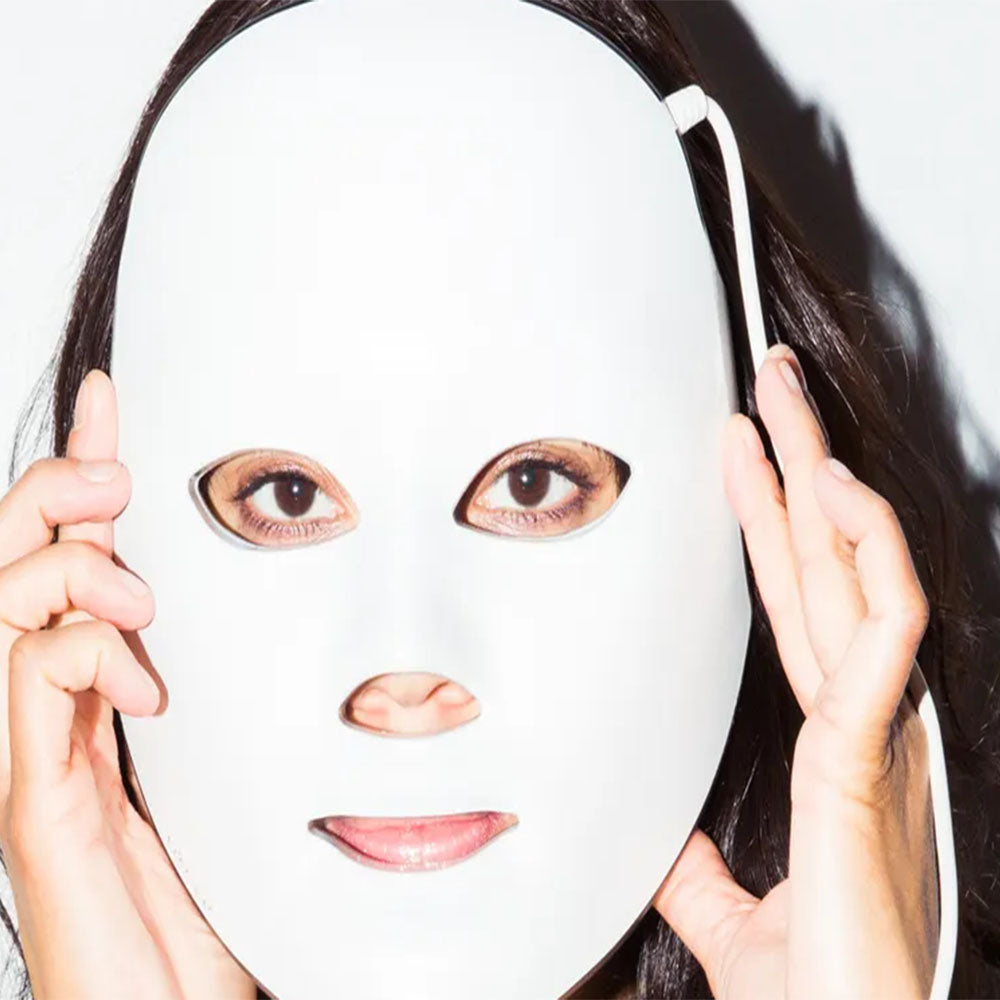
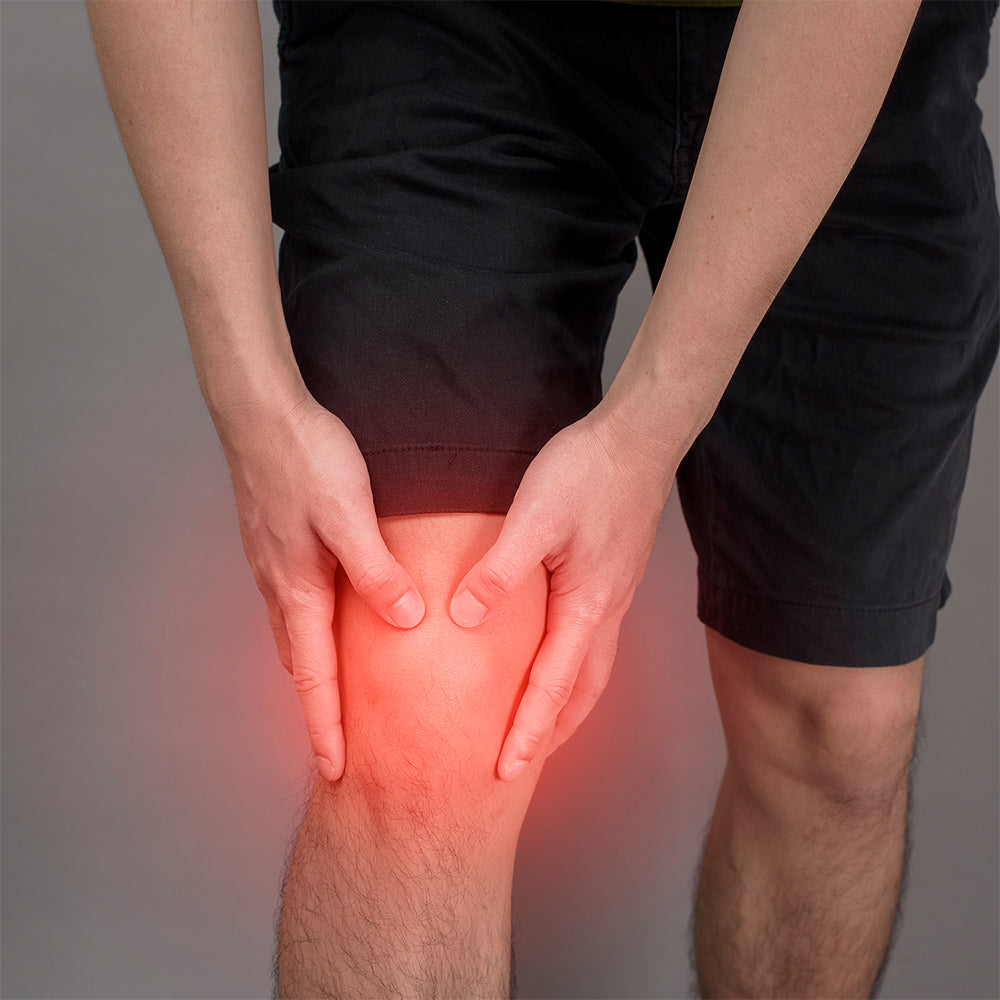
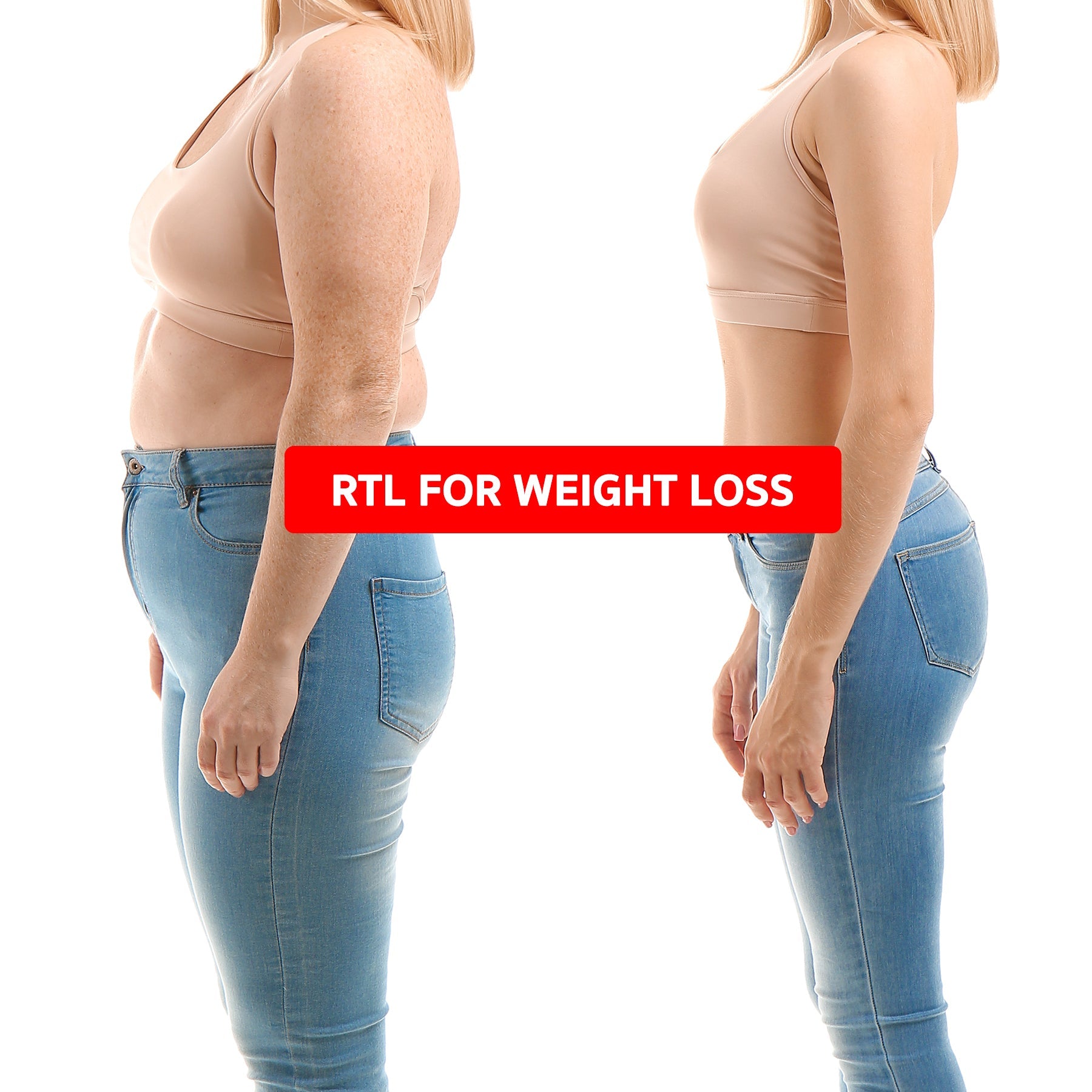
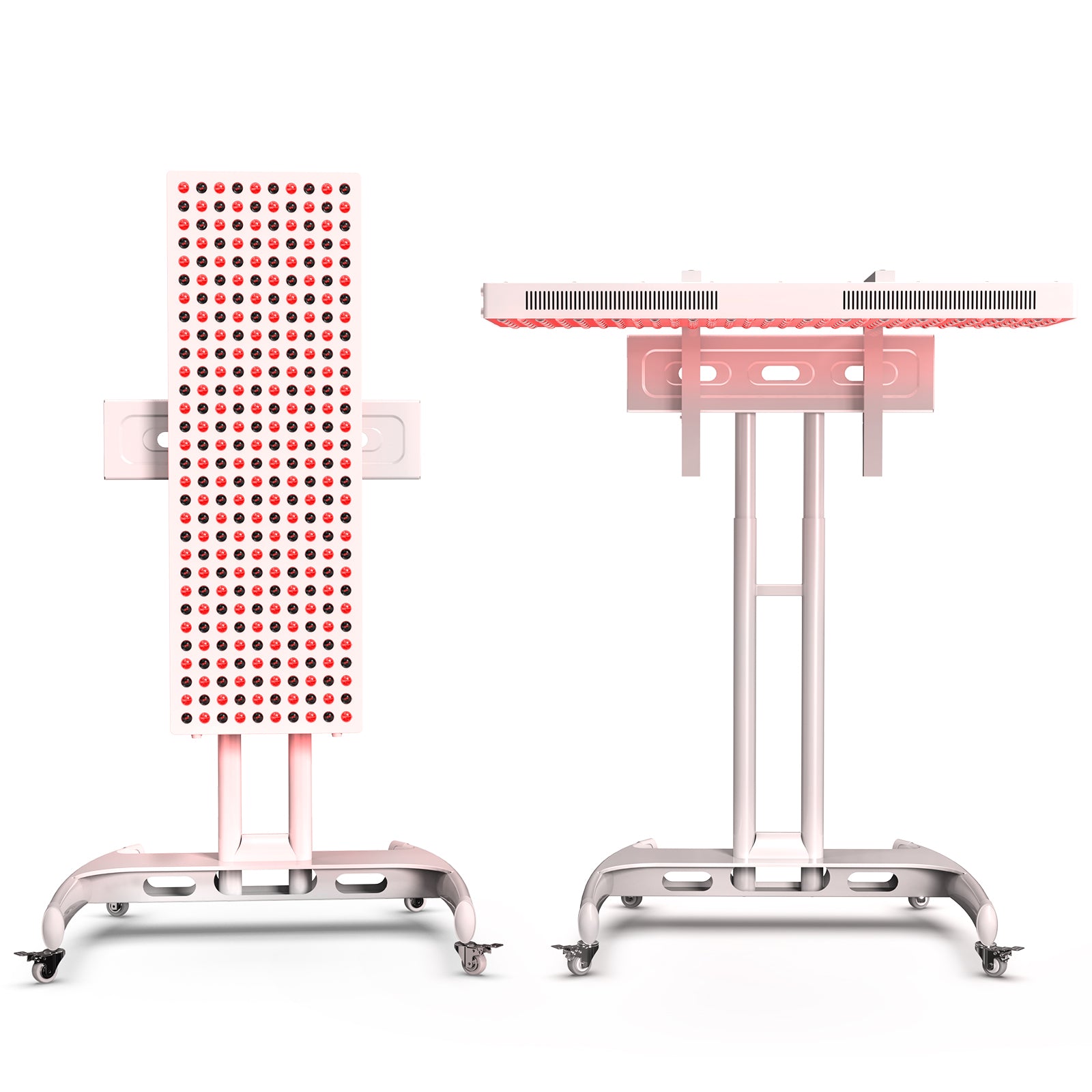
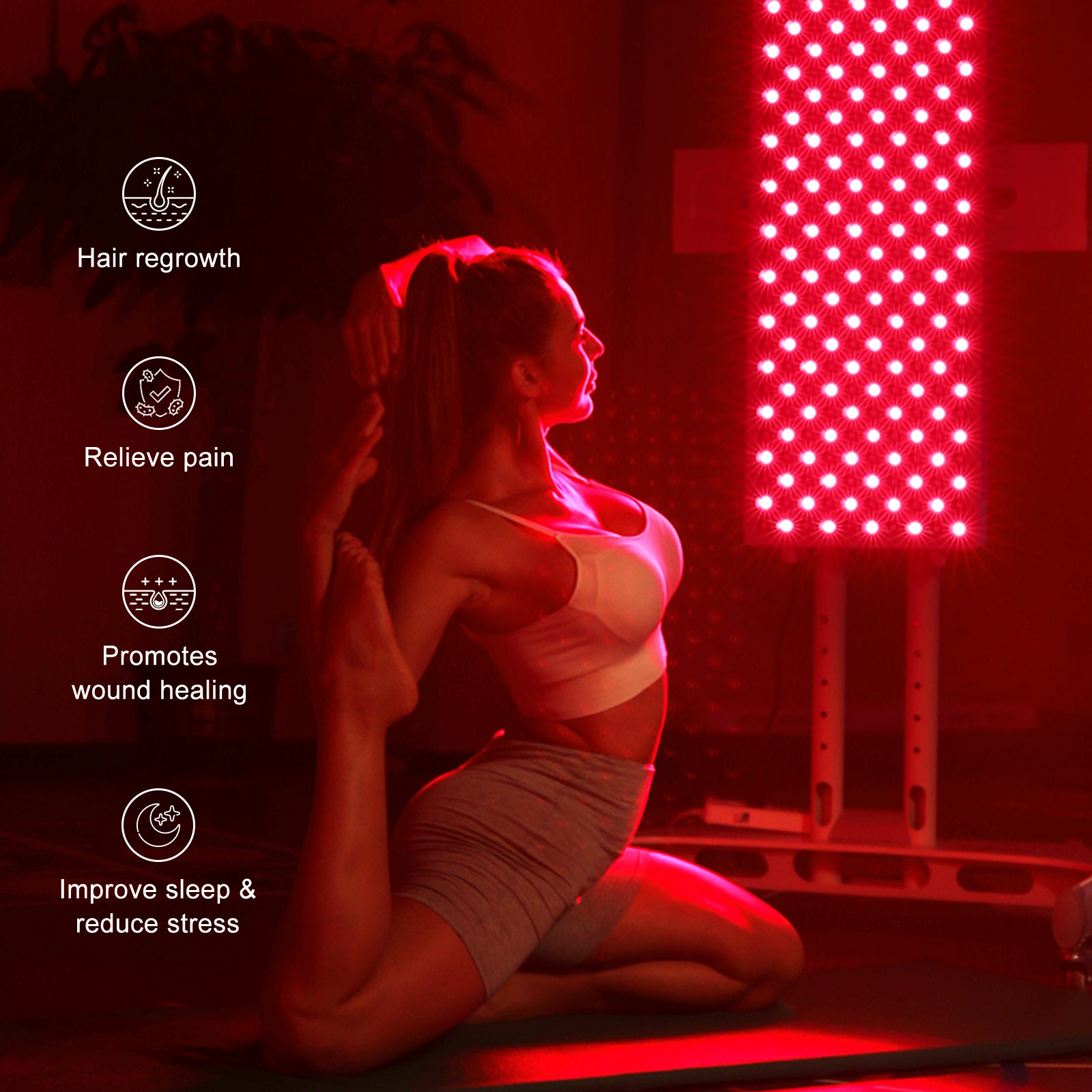
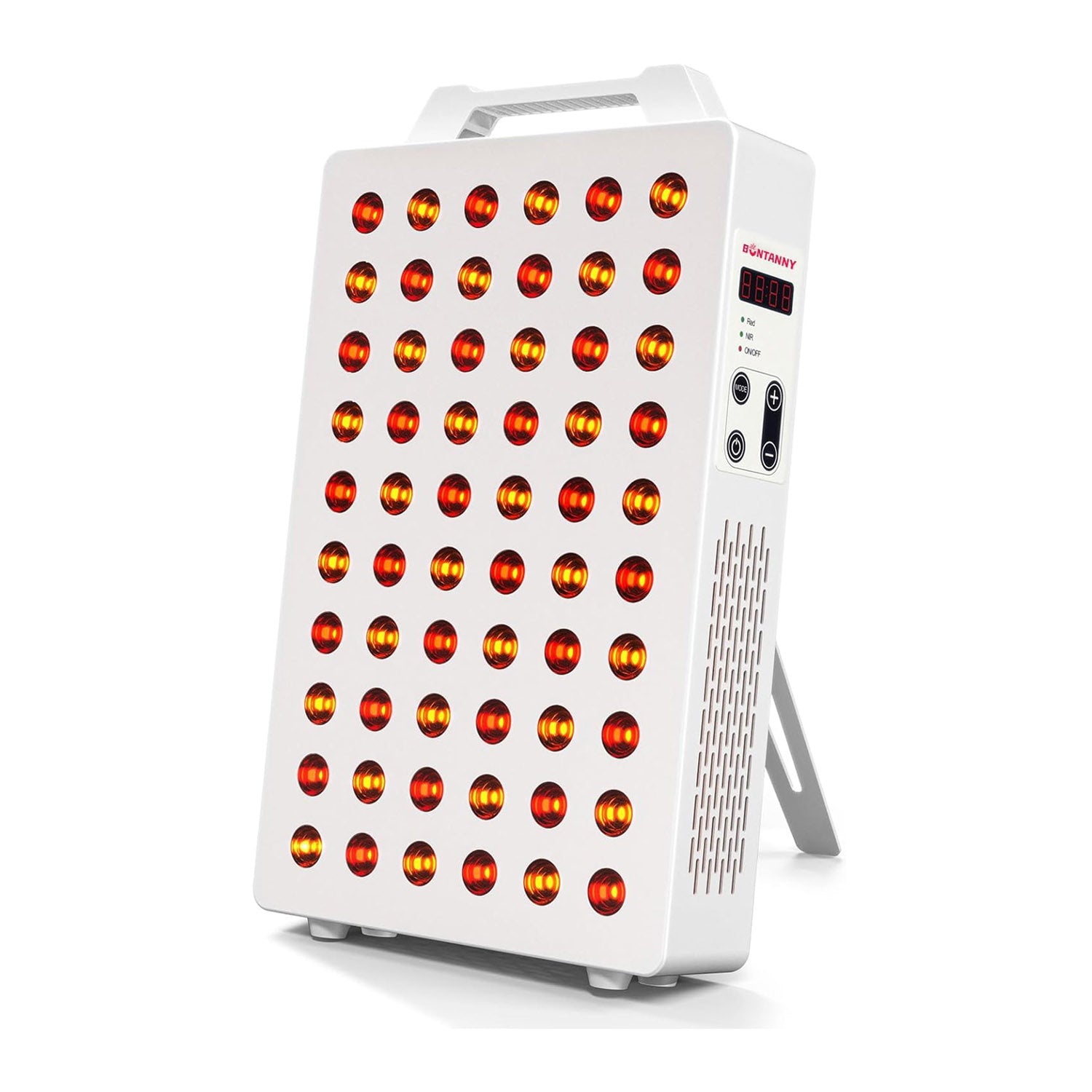
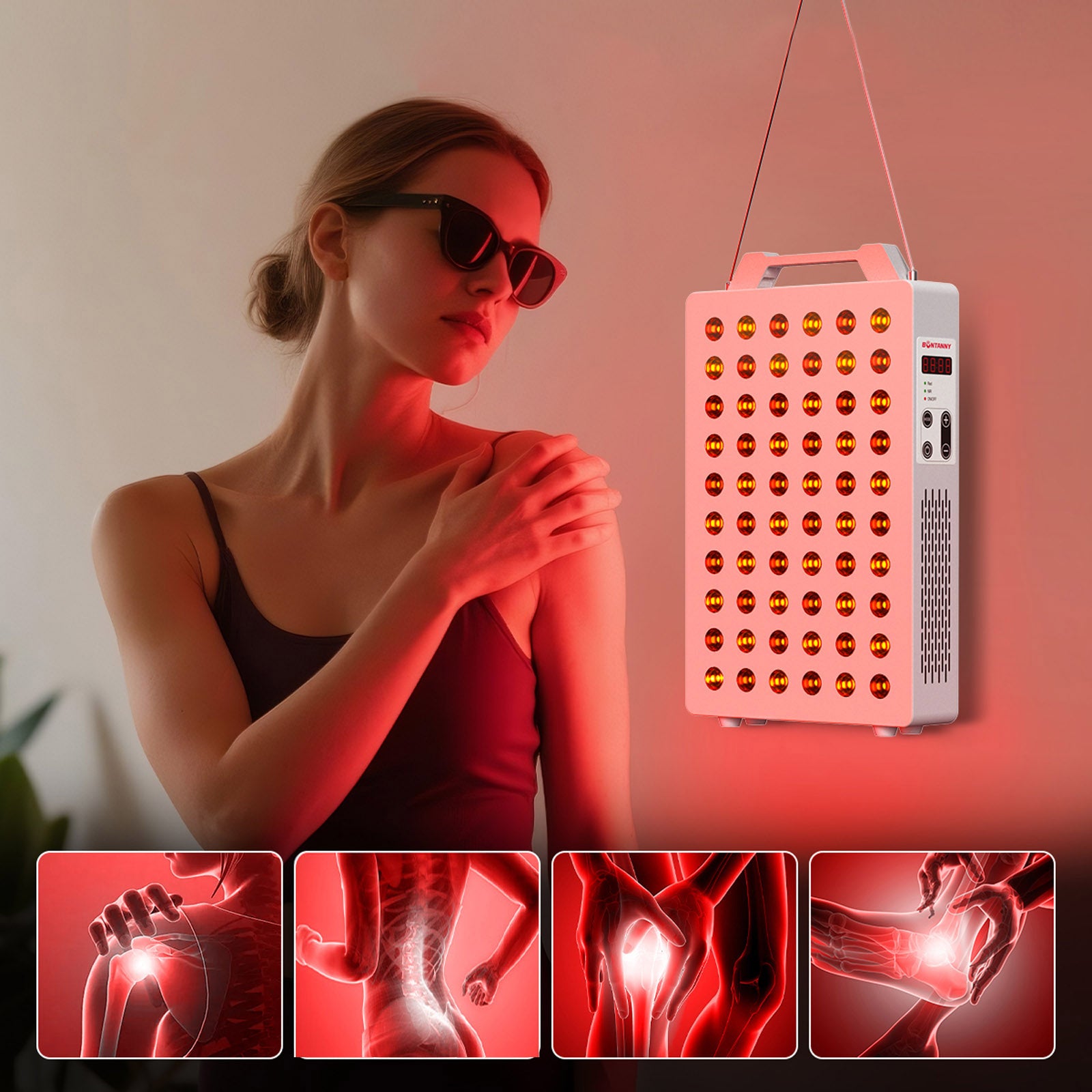
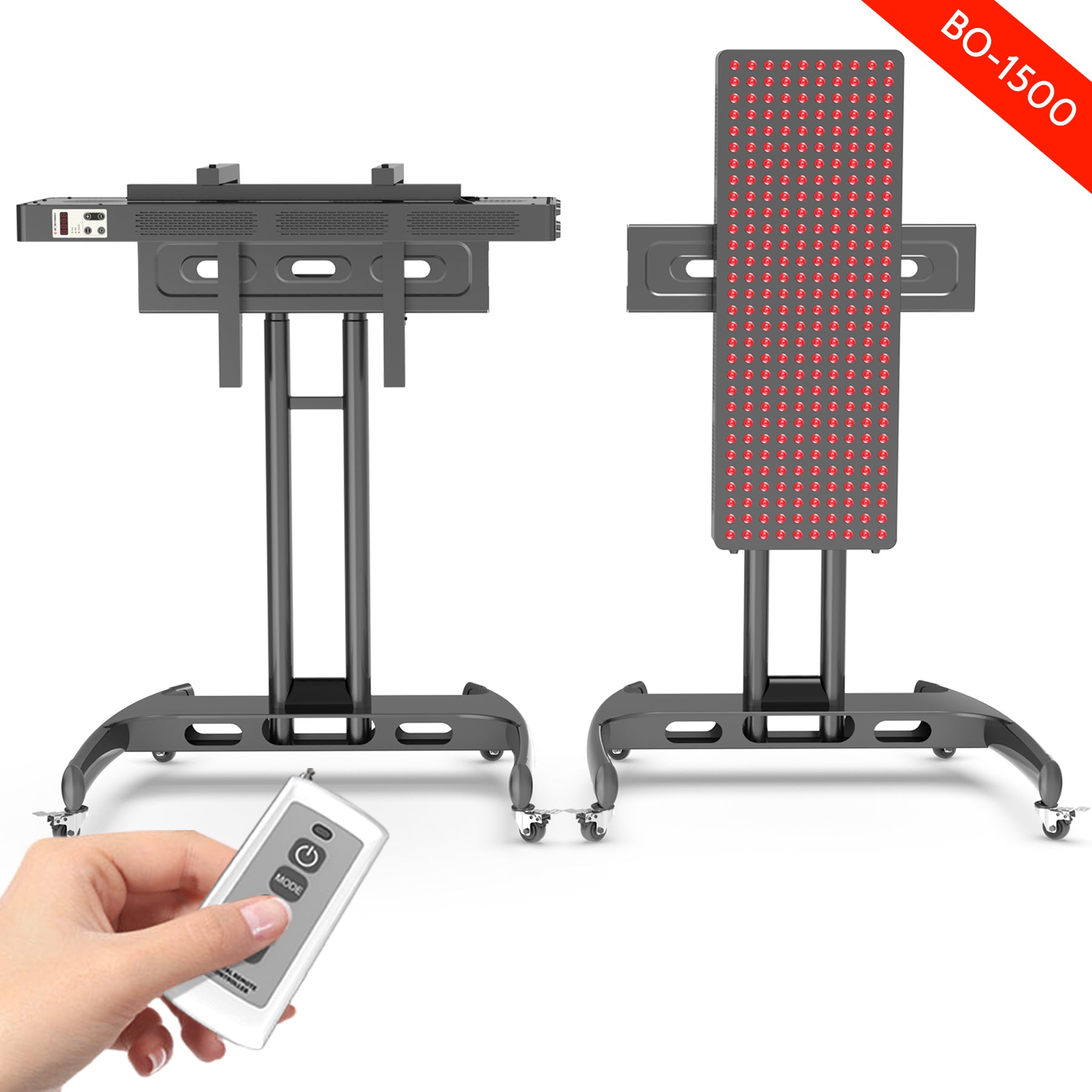
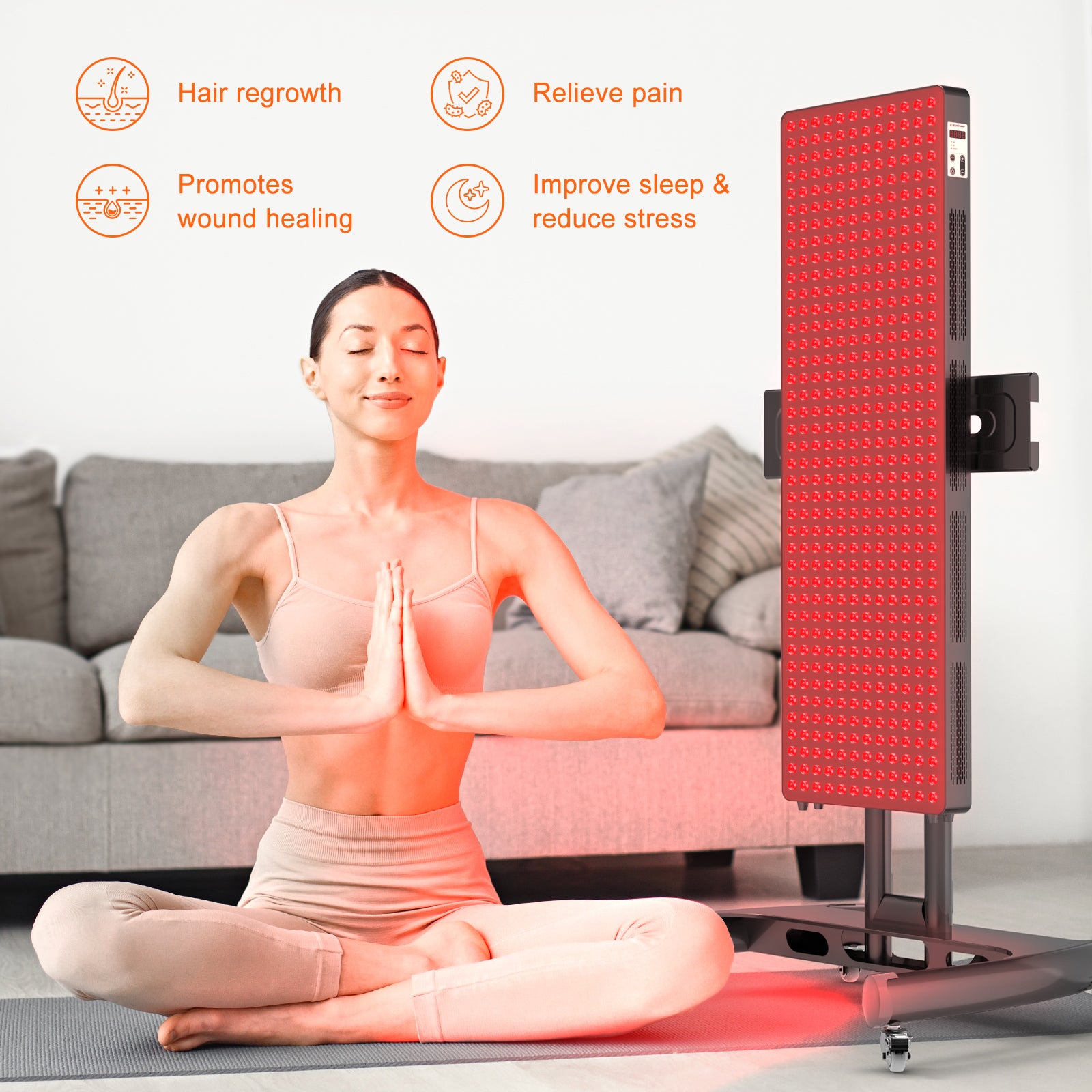
Leave a comment
This site is protected by hCaptcha and the hCaptcha Privacy Policy and Terms of Service apply.